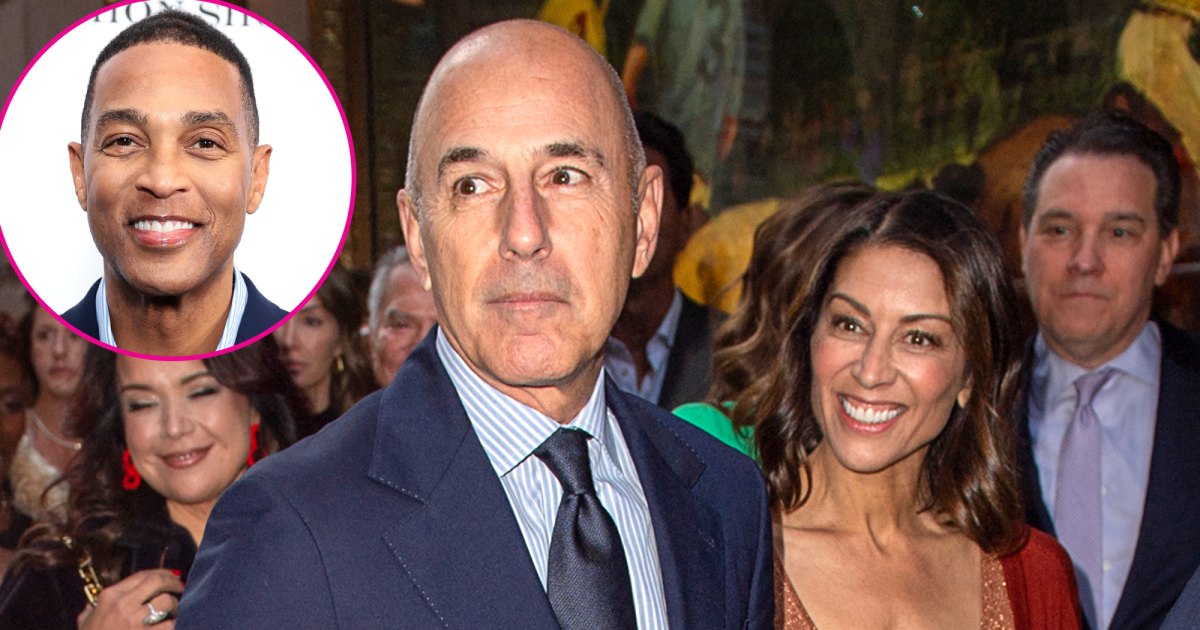Student loan debt is “good debt.” That’s what we were told, anyway. But that narrative misses—or even straight-up ignores—the socioeconomic barriers Black borrowers face. Black students take on more debt for the same degrees, earn less when they graduate, and enter a world of countless obstacles designed to handicap their ability to build careers, buy homes, and grow their families.
Truth is, many Black borrowers feel they were sold a lie, shackled with student loan debt before they even stepped from the stage at their high school graduations.
Black graduates owe, on average, roughly $25,000 more in student loans than white graduates, and 30% of Black families hold student debt, compared to 20% of white families and 14% of Hispanic families. Twenty-nine percent of Black borrowers have monthly debt payments of $350 or more, according to the Education Data Initiative.
This debt holds Black families back from growing their net worth: Over 50% of Black student borrowers report their net worth is less than they owe in student loan debt. Meanwhile, the median white household has a net worth estimated at 10 times that of the median Black household, according to the Brookings Institute, quantifying the total racial wealth gap at $10.14 trillion.
I’ll never forget school counselors telling us predominantly black, largely poor, kids that student loans were considered “good debt.”
— Victoria M. Walker (@vikkie) August 24, 2022
President Biden’s plan for widespread student loan debt forgiveness and revamping income-based repayment programs will help some of the most vulnerable, and it’s a positive step toward breaking the links in the chain. This amount of debt forgiveness, though, won’t wash away more than $10 trillion in wealth disparity. To what extent the chain stays intact is up for debate.
“Canceling at least $50,000 in debt across the board would have amplified the positive effects of this decision and created pathways to financial stability for so many millions more, including Black borrowers who hold the highest amount of student loan debt and are most impacted by the racial wealth gap,” Denise Forte, interim CEO of nonprofit the Education Trust, said in a statement.
But the decision to forgivean additional $10,000 for borrowers who received Pell Grants, on top of the $10,000 for individuals making less than $125,000 a year, will disproportionately help Black borrowers, who are most likely to receive these loans. Last week, Black Twitter flooded the social media site with jokes and exaltations about Vice President Kamala Harris looking out for the culture and being sure to give her due recognition.
Pell Grants were designed to benefit low-income families: More than 90% of recipients’ families earn less than $60,000 a year; two-thirds earn less than $30,000. Pell Grant recipients also tend to have a more difficult time repaying their debt.
These loans are most likely to go to Black, American Indian/Alaska Native, and Hispanic students—a sign of the racial wealth gap in this country: 50% of Latino students and 60% of Black students receive Pell Grants; and Black families are twice as likely to receive the grants than white families.
“By targeting relief to borrowers with the highest economic need, the Administration’s actions are likely to help narrow the racial wealth gap,” the White House said in announcing the plan this week.
In theory, $20,000 is a significant amount of money and a step in the right direction to fix the racial wealth gap in this country. It’s more than you need to put a down payment on the average home in the U.S. Black homeownership is lower than it was a decade ago, at 43%, and more than 30 percentage points lower than white Americans at 72%, according to The National Association of Realtors. Student loan debt sits like a weight as one of the reasons Black Americans can’t buy homes—nearly half of Black student borrowers put off buying homes because of their balances. Still many of the systemic issues that prevent Black homeownership (including redlining) won’t disappear with Biden’s debt forgiveness plan.
“Student debt is a potentially lifelong financial burden to millions of people and a significant obstacle to achieving economic justice and education equity,” NAACP Legal Defense Fund President and Director-Counsel Janai S. Nelson said in a statement. “It is also a formidable impediment to racial equity and equal opportunity, especially for Black people who have historically been excluded from equal access to higher education and continue to face structural and economic obstacles to such access.”
And while Biden’s forgiveness plan is expected to lessen the grip that student loan debt has had on roughly 27 million Pell Grant recipients—broadly, 43 million people will receive student debt forgiveness—it’s not enough to get the job done.
“We simultaneously applaud the Biden administration’s decisions today while also urging policymakers in the White House and throughout the government to see today’s actions as a first step toward a more holistic solution,” Nelson said.
No one was likely of the belief that student loan forgiveness alone could solve wealth inequality in America, but it’s been at the center of the fight for Black financial equality for a reason. Chief among them: College degrees do not wash away the income gap between Black and white workers, and the level of debt Black college graduates carry disproportionately impacts their creditworthiness, which continues to eat into homeownership rates, and keeps the cycle alive and well.
Forte, whose organization is charged with closing the opportunity gaps affecting students of color, also argues that much more relief is needed. Following the announcement, she called on the administration to provide additional student loan relief and for Congress to take action as well to make college more affordable and accessible in the first place.
Sign up for the Fortune Features email list so you don’t miss our biggest features, exclusive interviews, and investigations.


















:quality(85):upscale()/2023/09/13/661/n/1922564/e914a1066501cc897903d6.08615338_.png)









